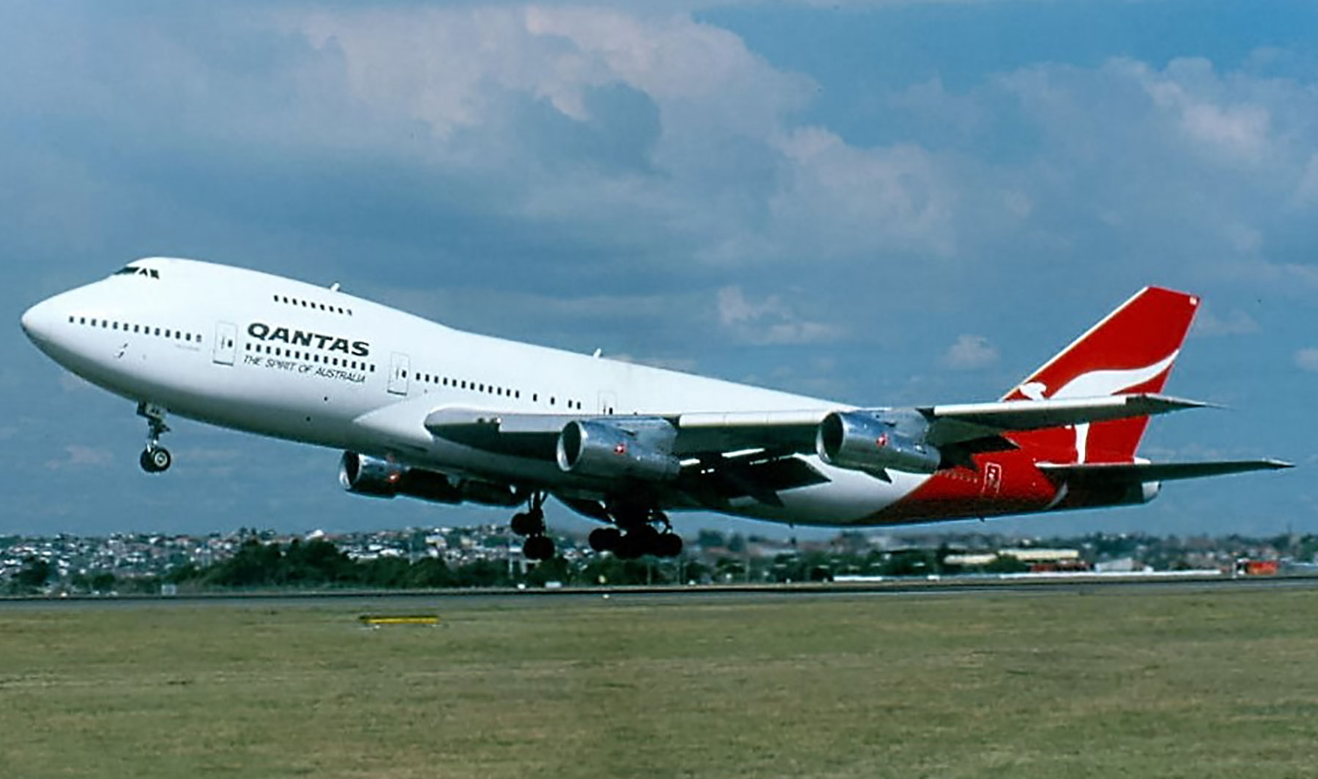
In both military and commercial flight, flexibility isn’t a buzzword—it’s a lifeline. When an airplane requires repair far from home because of a failing engine, time is the antagonist, with operational capability, expense, and strategic choices in the balance.

The Boeing 747, affectionately dubbed the “Queen of the Skies,” brought with it an innovative capability that quietly transformed global airlift: the capacity for carrying a fifth engine on its wing.

Unlike any other airliner, the 747 has specially reinforced attachment points on the undersides of the wings. These enable engineers to attach a spare engine using a support strut, effectively converting the engine itself into cargo. This fifth engine is not operational in flight—it’s a heavy item, weighing approximately six tonnes, held between the fuselage and the innermost engine on the left wing.

The engineering may look simple enough, but its effect is anything but. The strut comes with a winch system that locks the engine securely in place throughout the flight.

The setup has its flaws, though: pilots need to consider the uneven weight and additional drag, keeping power settings and control tight to maintain the plane in an even way. The added weight also impacts range, in the sense of more frequent fuel stops, such as a Qantas flight from Sydney to Johannesburg, which needed a refueling in Perth.

This fifth-engine ability is more than just a technical quirk—it’s a strategic advantage in earnest. In January 2016, Qantas had a 747 stuck in Johannesburg due to a failed Rolls-Royce engine. Shipping the spare via sea would have taken weeks, and renting a freighter was expensive and time-consuming. The answer?

Employ the 747’s fifth pod capability to transport the spare engine on a commercial flight. Upon arrival, the engine replacement was done, and the two planes were back in business quickly, conserving time and money. As Qantas explained, “having a 747 grounded overseas, not operating any routes, is a costly issue.”

Johannesburg’s history with five-engine 747s isn’t recent. In 1971, South African Airways took delivery of its first 747 (registration ZS-SAN), already equipped with a fifth engine directly from the manufacturer. No local sources had spare engines at the time, and no cargo aircraft could transport an entire 747 engine easily.

The solution was to fly it attached to the plane itself. That plane, known as Lebombo, now sits in the South African Airways Museum, still carrying its fifth engine—a testament to brilliant aviation ingenuity that endures.

From a defense perspective, having the capacity to rapidly transport vital spare parts—particularly large, intricate engines—can be the difference between mission success and expensive delays. Aircraft such as the 747, with this fifth engine capacity, have a logistical advantage that is difficult to compete with.

They don’t incur the delays of regular shipping channels, reduce reliance on specialist cargo aircraft, and maintain fleets operational even in distant areas.

The tale of the five-engine 747 missions is more than a footnote in aviation history. It’s an exemplary case of how engineering ingenuity converges with practical needs in military and commercial aviation. Even after Qantas retired its 747 fleet in 2020, ending a remarkable era, the lessons of these extraordinary operations continue to shape the design and use of the next generation of airlift aircraft. That strategic value of such versatility remains a gold standard for contemporary aviation.
